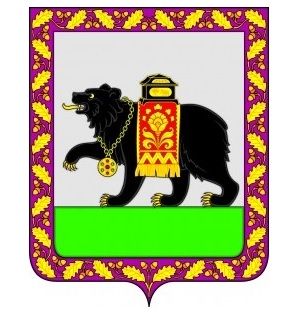Mstera

Mstera (Mstyora) is a settlement of the Vyazniky district of the Vladimir region. It is located on the Mstyorka River (near its confluence with the Klyazma River) and the Tara River. The population of Mstera is 4 270 people (2016).
History
Mstera refers to the ancient settlements of the Vladimir region. According to legend, Prince Andrew Bogolyubsky in memory of his father, Yuri Dolgoruky, who died in 1157, ordered the construction of churches and monasteries down from Bogolyubov-city along the river Klyazma. Among them was the church of the Epiphany of the Lord (Bogoyavlenie Gospodne), erected at the mouths of the rivers Tara and Msteryka, where the settlement of Mstera is now located.
There are many white sheets in the biography of Mstera. The first documentary information about this settlement dates back to 1626, when it was still called Bogoyavlensky Pogost. In 1646 it is already mentioned as the Bogoyavlensky Sloboda, which belonged to the princes of Romodanovsky. In the late 17th - early 18th centuries, icon painting was born in the settlement that later all over Russia glorified this place, named in the middle of the 19th century Mstera.
In the 19th century, Mstera is already known as a large commercial and industrial settlement with more than two and a half thousand inhabitants. Simultaneously with the iconography, crafts for the artistic processing of metal were developing here. For the decoration of icons, toreutic salaries were needed, the factory for the production of which was opened at the end of the 19th century.
There were factories with steam engines, making foil for icons. In 1908 the entrepreneur V.S. Krestyaninov founded a copper-rolling plant for the production of foil. On its basis, in the Soviet period, a jewelry cooperative was created, which in 1960 was transformed into a factory, and in 1972 into a plant (only in 1985-1986 the plant produced more than 1 million pieces of the Order of the Patriotic War II class from silver) .
Mstera as the center of traditional art crafts
Today Mstera is one of the largest centers of traditional art crafts in Russia: lacquer miniature, embroidery, artistic metal processing. It is not surprising, therefore, that almost half of the inhabitants of the settlement are artists who work in various directions of traditional crafts. A bright idea of the diverse art of Mstera give rich expositions of the Mstera Art Museum.
The basic branches of the economy of Mstera are formed by industries that develop folk art crafts. CJSC "Mstersky Jeweler" (Mstyora, Sovetskaya str., 89, phone + (49233) 5-09-99) has more than 200 items of products: jewelry, tableware and table set items from silver and non-ferrous metals. A wide range of products made of papier-mache, painted in a unique technique, are produced by PC "Center for Traditional Mstera Miniature" (Mstera, Lenina str., 2, phone: +7 (49233) 5-02-43). Unique products made of cotton, linen, and batiste, decorated with patterns of white and colored smoothness, are produced by LLC "Mstera Embroidery" (Mstera, Lenina str., 11, phone: +7 (49233) 5-03-55).
In 2012, Mstera had its own coat of arms, approved by the local Council of People's Deputies. It reflects the history and traditions of the settlement. A walking bear was once depicted on the family coat of arms of the princes of Romodanovsky. Various objects carried by the bear symbolize the art crafts that have been practiced in Mstera since ancient times:the casket – lacquer miniature, the rushnik – mstera embroidery, the gold medallion on the chain – jewelry art, the pattern on the rim of the emblem – wood carving.
Sights
There are interesting monuments of history and architecture in Mstera: the Holy Monastery of the Epiphany of the 17th century, the convent of St. John the Merciful of the 17th century, etc.
Famous people
Mstera is home to such famous people as the Russian artist and restorer O.S. Chirikov, People's Artists of the RSFSR F.A. Modorov, E.V. Yurin, V.Ya. Yukin, etc.
 Tourism portal of the
Tourism portal of the